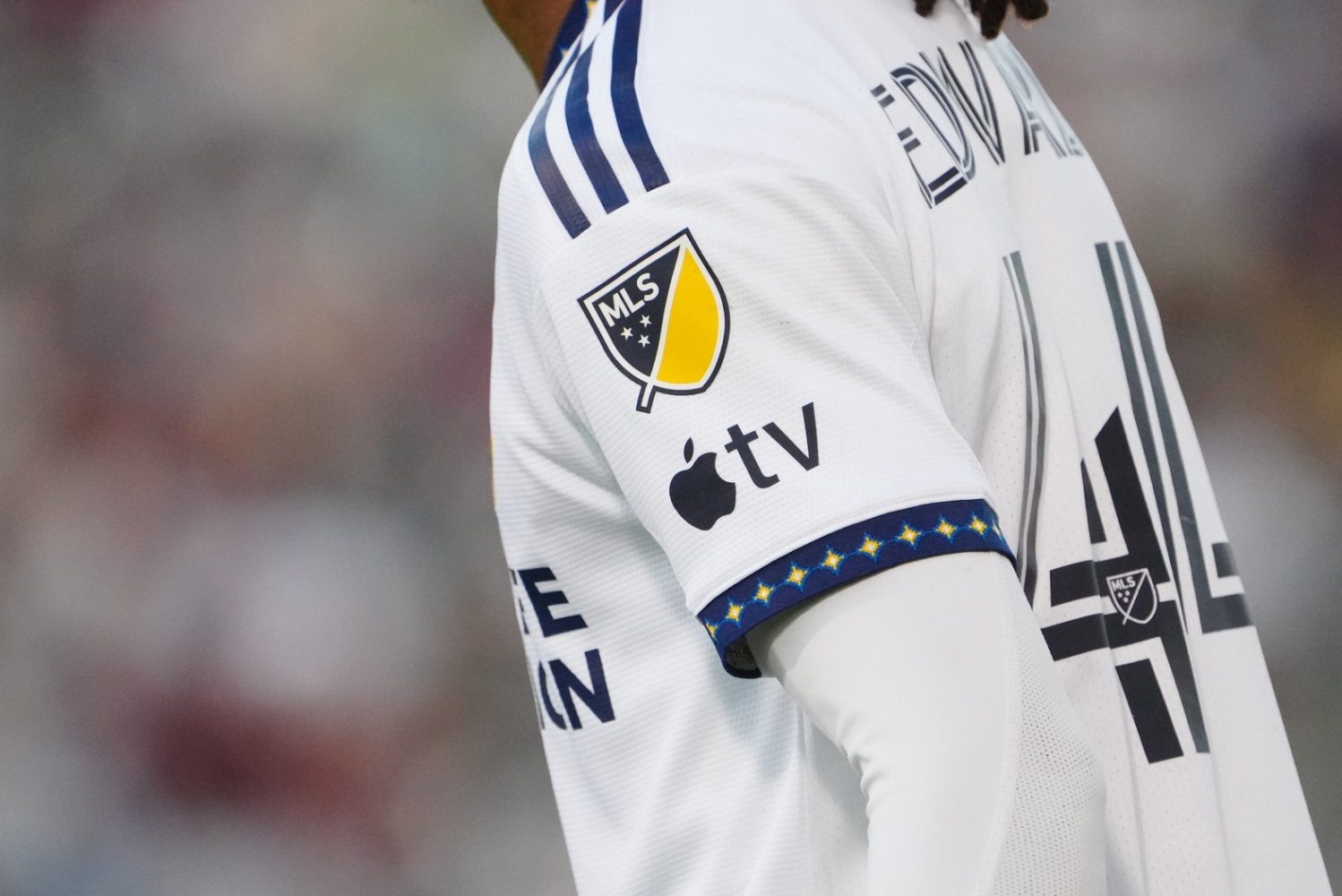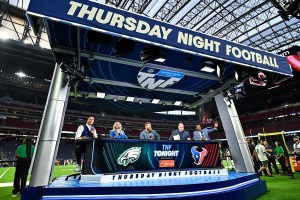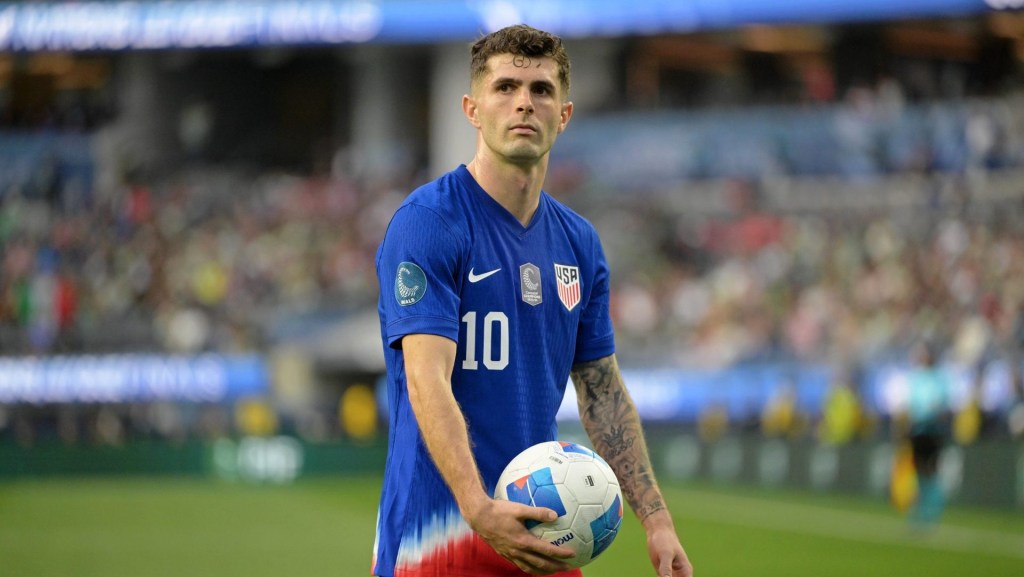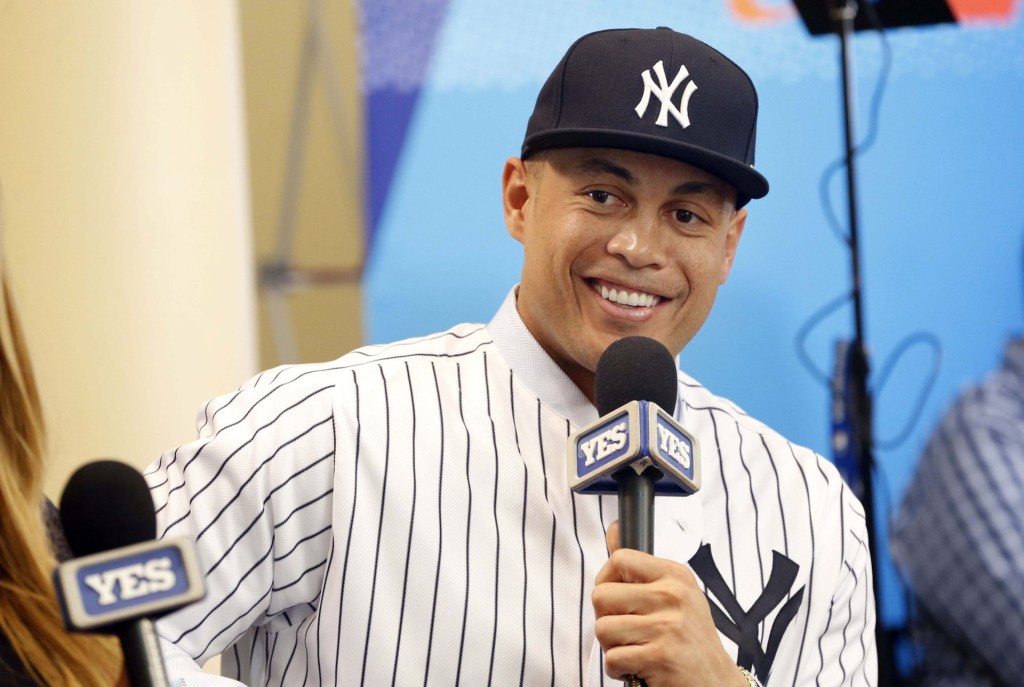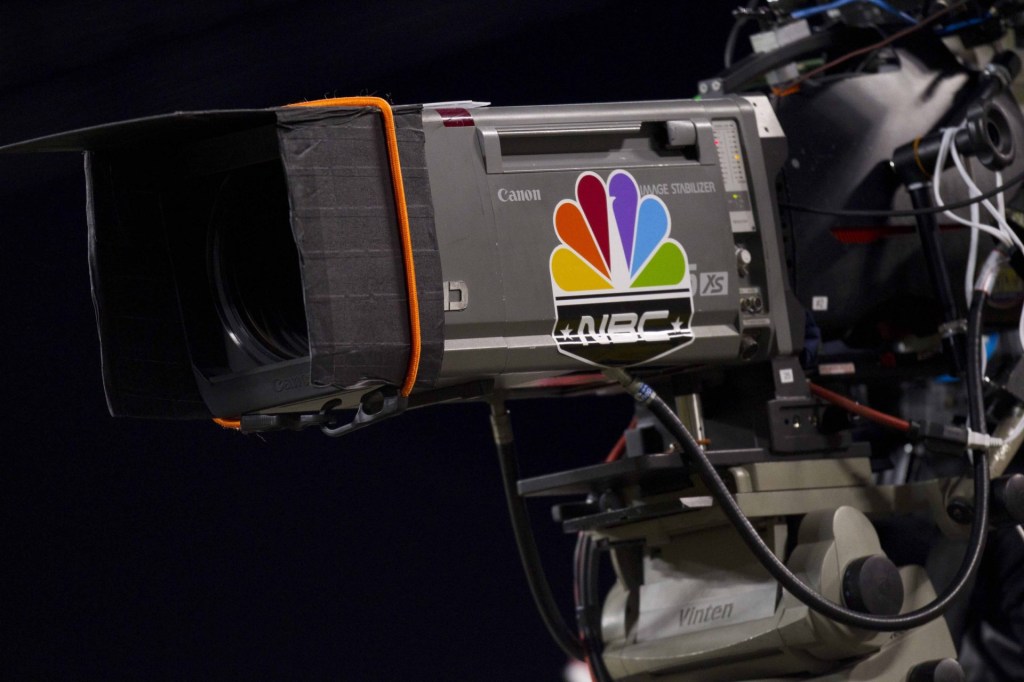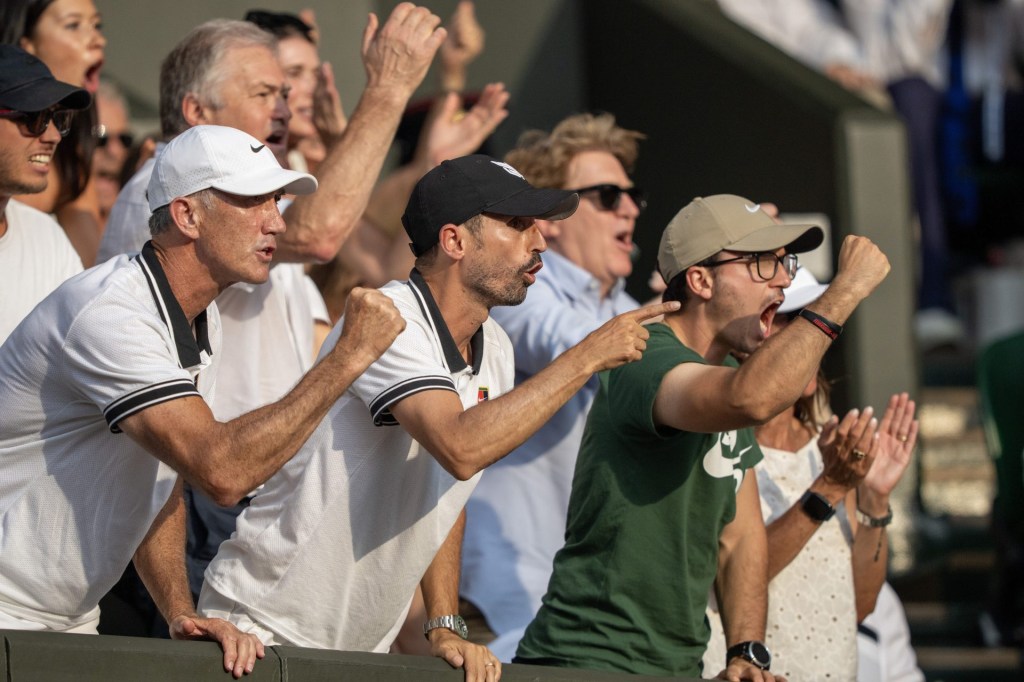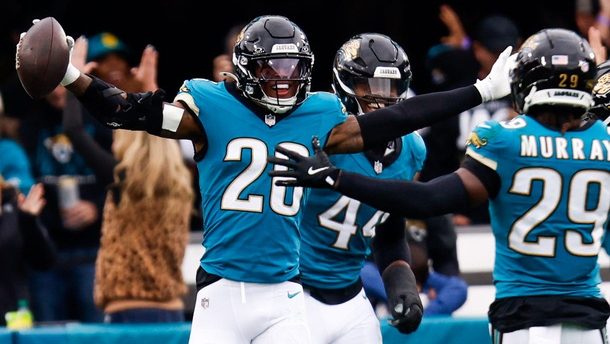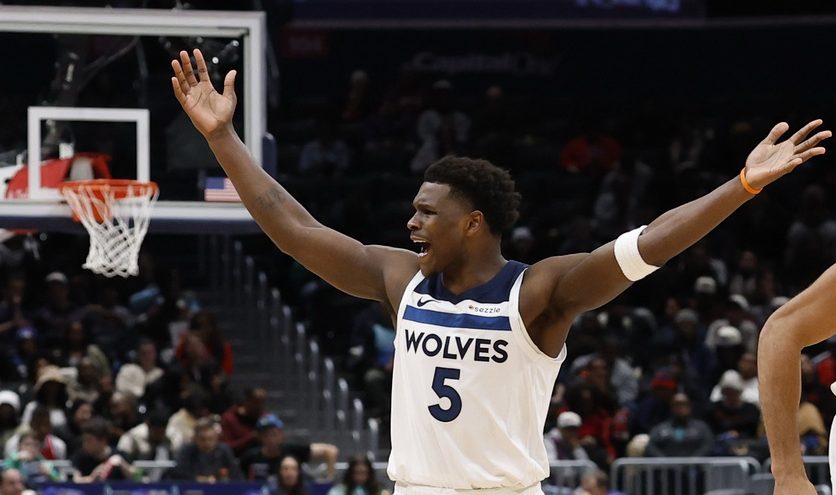A year ago, Major League Soccer signed a 10-year, $2.5 billion deal to stream virtually all of its matches on the Apple platform.
Other U.S. pro leagues such as the NFL and MLB have sold separate streaming packages to tech giants like Amazon Prime Video and Google’s YouTube TV, but most of their live game inventory has remained on traditional linear TV networks.
Now, the traditional regional sports network (RSN) cable TV model is in tatters. In an era where younger consumers are cutting the cord, MLS is the first U.S. sports league to go almost completely direct-to-consumer.
The success or failure of the secretive MLS-Apple partnership is being closely tracked by rival leagues and TV networks, a sign of its enormous potential.
“ESPN is, what, 40 some odd years old?” said Taylor Twellman, a former MLS MVP who spent 13 years as a soccer analyst at ESPN before becoming an integral part of MLS Season Pass coverage. “There are going to be ups and downs like any other production company.
“I think my bosses in this league deserve some credit for really being able to get it off the ground — and they didn’t just get it off the ground. We are moving.”
MLS can tap a global pool of 860 million Apple subscribers on 2 billion connected devices. Via Apple TV, MLS is offering fans all MLS and Leagues Cup matches in one place — with no blackouts.
With global superstar Lionel Messi turbo-charging MLS at Inter Miami, the deal looks like an early win-win for MLS and Apple. But even with the Argentinian icon, MLS will have to convince fans, advertisers, and sponsors that streaming live sports really is the future.
If it does — and more sports leagues follow — that could be game, set, match for the struggling RSN model.
On Its Way Out
The streaming deal with Apple managed to dodge the kind of pitfalls seen in MLB’s dealings with the bankrupt Diamond Sports chain of regional networks.
And it likely wasn’t by chance. MLS gave its then-23 franchises a mandate back in 2018: no new regional rights deals running past the end of the 2022 season.
Outwardly, MLS executives said the move intended to present a potential new media rights partner with the novel concept of exclusivity for all its games — without the local blackouts that exist with streaming platforms like MLB.TV.
But as MLB and NBA have fought in court with Diamond Sports over their Bally Sports deals since the March bankruptcy petition, MLS has avoided all that stress.
MLS hasn’t totally abandoned TV with the Apple deal. The are regular-season matches — 34 total — on FS1/Fox, all simulcast in Spanish on Fox Deportes. Fox and Univision also carry select League Cup games.
And — unlike Apple’s MLB deal for Friday night baseball games — MLS is producing the live and other content, making Apple the firehose to distribute it all.
First-Year Adjustments
The new deal has advantages for clubs, including MLS’ 29 clubs sharing in at least $250 million per season before revenue sharing provisions kick in. But local clubs don’t have the same control as they did under the old system.
A “significant” amount of ad inventory from clubs’ local broadcasts — including commercial spots, scoreboard integration, and other in-game ad placements — became limited once Apple took over as the exclusive home for those games, a source with knowledge of the situation told FOS.
Another source said that MLS execs worked with clubs to “reinforce the strategy and talk about the benefits” of the deal. While that has resulted in fewer 30-second spots for some teams, the deal has led to new ad inventory that includes virtual signage and other offerings.
Teams have also shifted to new deals outside of the Apple contract for additive revenue. Orlando City SC, for example, launched a 30-minute pregame show that can be viewed on its app along with a weekly show on a local TV affiliate.
While some teams may not be making as much from local advertising — at least in the first year of the deal — sources said those concerns will lessen as clubs continue to adapt to the new setup and as the revenue sharing provisions escalate in future seasons.
Apple did not respond to a request for comment for this story.
According to a source close to one national brand, part of Apple’s initial pitch required it to spend the $4 million on the first season with the promise not to increase that rate in 2024. Apple has opted for one-year deals instead of multiyear pacts, the source said.
Some national brands have expressed frustration for the lack of data on how well their campaigns are performing, multiple sources told FOS.
Another source said metrics measured under the MLS’ current setup and the old one that relied on Nielsen ratings is like comparing “apples versus oranges.” The same source added Apple sold out of inventory for the current season, and that advertisers overall have been pleased with the reach and placement of their campaigns.
Measuring Stick
The secretive Apple doesn’t release much info, but MLS believes its streaming-friendly fans are a natural fit with Apple’s technology.
Eight out of 10 MLS fans already stream one sporting event per week, according to internal research. The number of female MLS fans has grown 42% year over year.
With an average age of 37.4 years old, MLS already boasts the youngest fan base of the big five U.S. pro leagues. They also poll No. 1 on whether live sports offerings influence streaming purchases, and 61% of the MLS fanbase is under 45 per Nielsen data.
By the end of Year 1, MLS-Apple can perhaps chart its progress by the yardstick of Amazon’s 11-year, $11 billion deal to exclusively stream “Thursday Night Football.”
The inaugural 2022 season of “TNF on Prime Video” produced some interesting results.
Yes, the shift to streaming resulted in smaller overall viewership. Amazon said the games averaged 11.3 million viewers, while Nielsen had 9.58 million. Both figures were lower than the 13.33 million average the year before on Fox Sports and NFL Network.
And, while neither Apple or MLS have released viewership data, there’s likely been a similar dropoff in viewers.
But Amazon’s broadcasts of TNF — like MLS’ Apple deal — also drew a much younger football audience than the NFL’s TV partners Fox, CBS Sports, NBC Sports, and ESPN. And Amazon’s viewers watched for longer and boasted higher household incomes.
Those three attributes go a long way with advertisers on Madison Avenue.
The median age for Amazon viewers was 47 years old — a full eight years younger than comparable NFL viewers on broadcast and cable networks. Amazon’s average audience for 18-34-year-olds was 2.11 million, up 11% vs. Fox/NFLN the year before.
But if the groundbreaking MLS-Apple partnership flops, there will be plenty of I-told-you-so’s from legacy media networks. Still, media consultant Jim Williams likes what he has seen so far.
“I have watched many of the games, they are well-produced, network-quality, and I can find them all in one place,” said Williams. “People need to stop looking at streaming services as traditional TV. They don’t think or work that way.”
And MLS’ momentum should only build in North America as the FIFA World Cup heads to the U.S., Canada, and Mexico in 2026.
Messi Mania
“Sport is the ultimate original story,” Apple CEO Tim Cook said on Thursday’s earnings call. “And for MLS, we could not be happier with how the partnership is going. It’s clearly in the early days, but we are beating our expectations in terms of subscribers. The fact that Messi went to Inter Miami helped us out there a bit. And so we’re very excited about it.”
Messi’s heralded move is most reminiscent of a similar one from 2007, when David Beckham made the jump from European football to LA Galaxy. The move legitimized a decade-old league as it strived for acceptance in the global soccer community.
“When Dave came to L.A., I would say that probably was the biggest moment in the history of soccer in this country — but [Messi’s arrival] will be bigger,” Beckham’s former Galaxy teammate Kyle Martino told FOS. “The audience is more switched-on and more primed, and more ready for the greatest player in the world to come to this great soccer nation.”
MLS and Apple didn’t provide audience data for Messi’s July 21 debut with Inter Miami. But that Leagues Cup contest where Messi entered late in regulation and scored on a free kick to beat Cruz Azul, 2-1, lured in 1.75 million viewers on Univision — MLS’ second-most-watched Spanish language broadcast ever.
That week (July 19-26) had the three most-watched games since the launch of MLS Season Pass, which included another Leagues Cup appearance by Messi on July 25 where he scored twice and had two assists.
Despite reports that Messi pushed MLS Season Pass past the 1 million subscriber mark, sources told FOS that Season Pass already surpassed that count earlier in the season. But Messi’s arrival has certainly been a major boost, a fact reflected in his unique deal — as the superstar is incentivized to boost the Season Pass subscriber base.
One reason MLS’ Apple deal works is the sport itself, and how long it’s taken to get a foothold in this country that was dominated by the four major pro sports for generations. Soccer fans are accustomed to thumbing through Peacock, Paramount+, and — most recently after a deal with U.S. Soccer — Max to watch games.
“You look at soccer right now and it’s basically all streaming, right?” Twellman said. “I’m a believer you built a strong product that is visually appealing with good audio, naturally people are gonna come. Now, you add Messi into the equation. I don’t think anyone’s really concerned about it now.”
